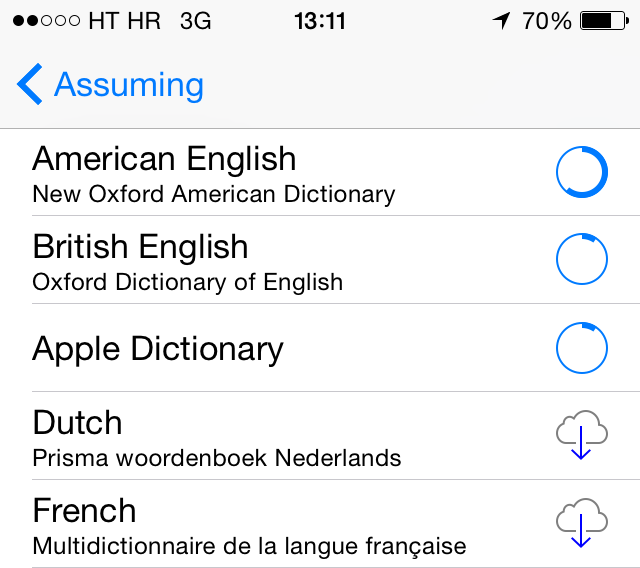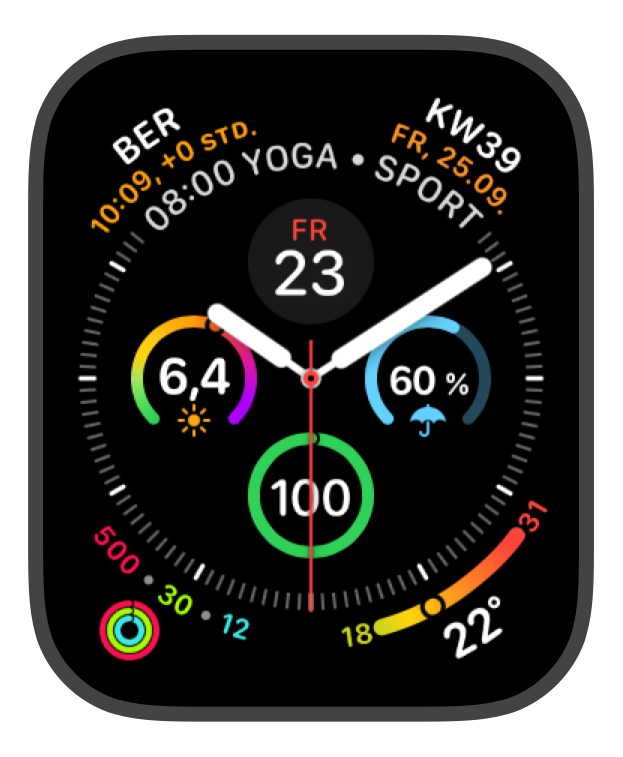


Among the latest updates was the ability to add “custom dictionaries”, but it just means that you can install same-language dictionaries so that you can get word definitions in one language, not translations from one to another. For other non-touch Kindle devices, you can simply move the cursor over the words.īut what about the iPad and iPhone? A recent study conducted by Goodreads shows that a whopping 86% percent of tablet owners use them to read books, while 32% don’t read anywhere else! Kindle has been updating their iOS app many times this year. If you own a Kindle Paperwhite or Kindle Touch and have installed a dictionary ( see here for instruction), you can translate words in the text just by tapping them. Instead of having to search for each unknown word in a dictionary you can get instant translations while reading your book. With amework it returns ASAsset class object.One of the great benefits of using ebooks for language learning is the ability to use custom dictionaries. Wrote a stripped out console application that links only needed frameworks by turning off all the project settings that may automatically link the frameworks. But it linked by amework which obviously is linked by the app. Import table doesn't contain private amework either. It doesn't use any of the usual techniques to dynamically load a framework - no dlopen or NSBundle calls.

The app doesn't explicitly link private amework. Very simple technique, selectors and class names are not even encrypted. I don't know how this got approved in App Store but that's how it works. In our case, ASAsset and ASAssetQuery classes. In order to call them the app uses very simple technique - NSClassFromString to obtain class object in runtime. They are saved in /var/mobile/Library/Assets/.Īnd here's class-dump of the framework where you can find methods with those selectors. There are several selectors that the app use: Dictionary.appender app uses private framework amework.


 0 kommentar(er)
0 kommentar(er)
